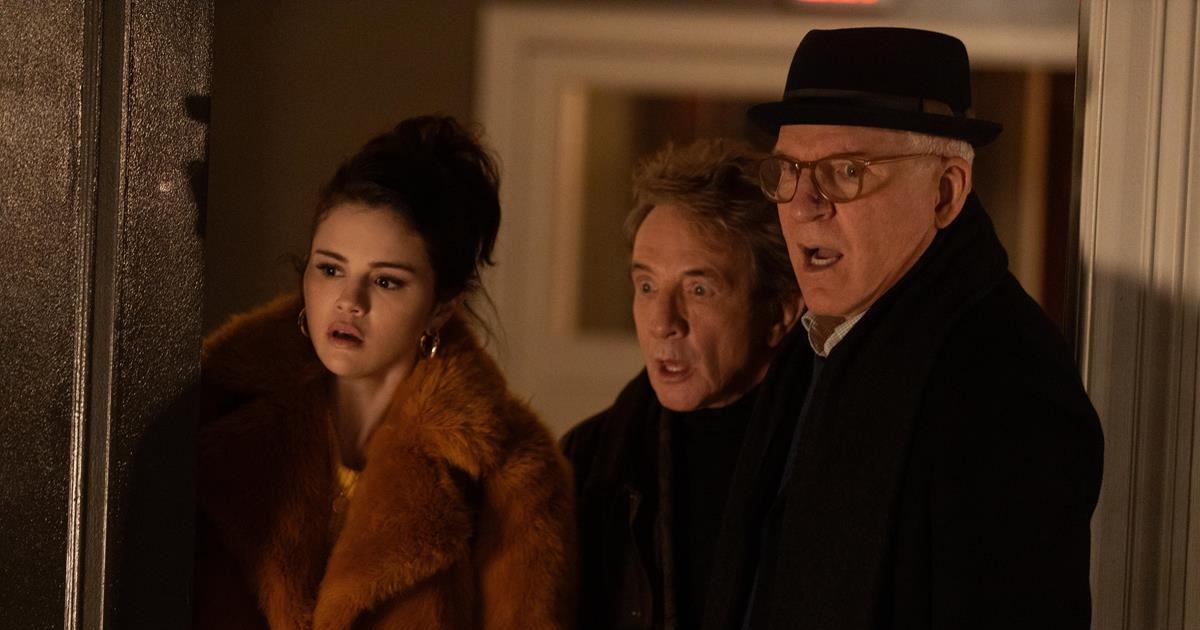
Chris Teague, director of photography for Only Murders in the Building, had previous experience of Sony’s VENICE camera when he shot part of the Hulu miniseries Mrs. America. “I remembered that Jessica Lee Gagne, the cinematographer who set the tone for the show, and I had applied quite a distinctive look on that show.”
The new Hulu show is a ten-episode, half-hour series for the streamer that fuses some usually contrary themes in a drama — murder, mystery, and comedy. But when you realize that the leads are Martin Short, Steve Martin, and Selena Gomez you begin to understand the contradiction — Martin is also one of the series’ creators.
“The fast sell on the series is that Martin, Short, and Gomez all live in an old-money apartment building on the Upper West Side that is rocked when one of the residents is murdered,” Kevin Fallon writes in The Daily Beast newsletter, Obsessed. “While exiled from the complex as the police investigate, the trio discover that they had all been listening to the same murder podcast and become fast, unlikely friends. They decide to cosplay as podcasting sleuths themselves and create their own series while clue-hunting in real time.”
While the logline may telegraph madcap comedy, as Fallon notes, Only Murders in the Building is actually about loneliness, he says. Each of the three main characters has a painful backstory — including tragic breakups, career failures and trauma — that has turned them inward.
“They are people whose understanding of what the world could be and the fulfillment they could expect from it has been upended,” Fallon writes. “Such an assault on hope and happiness is defeating. They retreat within themselves, and within the walls of their apartments, swearing off connection and the vulnerability of aspiration — or even trying anymore.”
The murder proves to be a catalyst, but the trio remains cautious about their new-found enthusiasm for life. “I don’t think it’s a reach to say the show is tapping into something visceral we’re all going through,” says Fallon.
READ MORE: The Silly Murder Podcast Show Has Touched MY SOUL (Daily Beast’s Obsessed)
“The premise of Only Murders is elegantly, addictively simple,” Alan Sepinwall writes in his review for Rolling Stone. “If creators Steve Martin and John Hoffman were content just to play it for laughs, making fun of true-crime podcasts and the people who obsess over them, it would already be one of this year’s greatest TV delights.”
READ MORE: ‘Only Murders in the Building’: A Podcast Parody That Shoots to Kill (Rolling Stone)
The idea for the comedy originated with Martin, whom co-creator Hoffman called “the true-crime aficionado of the group,” in an interview with Andrea Marks for Rolling Stone.
NOW STREAMING — BEHIND THE SCENES OF FAN-FAVORITE SERIES:
As the streaming wars rage on, consumers continue to be the clear winners with an abundance of series ripe for binging. See how your favorite episodics and limited series were brought to the screen with these hand-picked articles plucked from the NAB Amplify archives:
- “Severance:” Now, About Solving the Work/Life Balance…
- Entering “The Gilded Age”
- Class Is Definitely Not In Session: The Horror Delights of “All of Us Are Dead”
- “The Dropout” Is a Slow-Motion Car Crash (and We Can’t Look Away)
- The (Unavoidable) Universal Appeal of “Squid Game” Is By Design
“He spends time in New York and then also in California, and when in California, he rides his bike a lot, and when he rides his bike, he always listens to murder podcasts,” Hoffman told Marks. Selena Gomez, he added, has attended CrimeCon in the past. “[She] spent the weekend trying to solve a murder there,” he said.
Hoffman became interested in true crime after a friend he’d lost touch with died in a murder- suicide, an event that sent him into a year-long search to understand what had happened. “I found myself needing to know answers that I just didn’t have and driven in a way that I’d never been driven, and I couldn’t stop,” he said.
Eventually learning that his friend had been the murder victim in the incident, Hoffman found himself feeling sad as he watched his friend’s name slip from the headlines. “Sometimes I think people don’t want to look at it too closely, but there’s lessons in all of it,” he said, noting that Mabel’s character was inspired in part by Hoffman’s experience in the loss of his friend.
Hoffman also found himself inspired by documentaries by Errol Morris such as The Thin Blue Line (1988), which is about a wrongful conviction. “I just love the presentational style of [Morris’ work],” Hoffman said. He also enjoys podcasts. “I was certainly among the people drawn into Serial and S-town, and then when I discovered My Favorite Murder and Crime Junkie, and it was about sort of fans that were making podcasts about this.”
READ MORE: The True Crime Inspiration Behind ‘Only Murders In the Building’ (Rolling Stone)
Speaking with Jennifer Maas at The Wrap, Hoffman further detailed the impact his friend’s death had on him and how that inspired the mystery of who killed Tim Kono in Only Murders in the Building.
“In crafting this story, there’s a personal connection I have to a mystery like this,” he said, recounting the story of his friend who had been found dead in an apparent murder-suicide:
“With my friend being the one who had committed suicide and committed murder, I couldn’t fathom that at all based on the person I knew. But I hadn’t spoken to him in over 20 years, and he was very dear to me when I was growing up. So I went on a mission to find out what the hell has happened here. And my gut told me, that is impossible. And by the end of the year of truly investigating, going to Wisconsin, meeting his family, meeting his kids, learning what his life had become, the whole case had been investigated and reversed. And the truth was, he was killed… That sounds very dark for a lovely comedy series like this. But it was close to Mabel’s experience.”
Hoffman went off of his own experience of feeling removed from someone’s life, but with the gut feeling that something was wrong with the dominant narrative. “And yet, for Mabel, there’s also the fear of, does this tie in to something that we shared years ago and could it put me at risk now? So the secret she keeps from Charles and Oliver, actually, is out of protection for them.”
READ MORE: ‘Only Murders in the Building’ Creator Tells Us Personal True-Crime Story That Inspired Tim Kono Mystery (The Wrap)
“The series is more savvy, more in on the joke, than you might expect,” Glen Weldon writes in his review for NPR.
“In the end, Only Murders in the Building isn’t the wacky farce suggested by its stars and plot, and that’s a good thing,” he notes. “It’s more muted, more real, and it’s shrewdly knowing about who its characters are, and what they want. It’s also very funny, which isn’t particularly surprising — but it features grounded, satisfyingly nuanced performances from Martin and Short, which is.”
READ MORE: In Twisty ‘Only Murders In The Building,’ True Crime Makes Good Neighbors (NPR)
“It’s easy to step back and criticize the inherent exploitation in the true crime genre,” Gregory Lawrence writes in his review for Collider:
“It’s harder to make those points through sharp satire while also telling an earnest mystery-thriller story while also diving into the melancholy interior lives of the characters making these points through this mystery. Only Murders in the Building spins all of these plates classily, with a quiet confidence that is nevertheless surprising. It’s a real humdinger of a show, offering something for everyone simultaneously, pulling it all off handsomely.”
READ MORE: ‘Only Murders in the Building’ Review: Sharp, Scary, Surprisingly Sad (Collider)
Sony’s color science in the VENICE was always something that cinematographers appreciated, and that wasn’t any different when Teague started on the new Hulu show.
He talked to the Sony Cine website about a common problem he sometimes has with skin tones and digital cinematography: “When I shot skin tone tests with the VENICE, the variety of skin tones all felt as though they had a wide gamut of color within them. I sometimes feel with digital cameras that skin can start to look a bit flat and monochromatic when adding a film emulation LUT and pushing the image around in terms of exposure. I haven’t found this to be the case with the Venice.”
While prepping for the series, showrunner John Hoffman and executive producer and director Jamie Babbit set their sights very high when referencing the look. They were keen to resemble a certain film noir style, especially from early color films from Alfred Hitchcock. Teague describes the brave comparison: “Rear Window in particular has a lot of thematic similarity with this show: people watching each other, peeking into other people’s lives, and thinking they see something that may or may not be there.”
But the team didn’t stop there and re-imagined the low and wide angles in Orson Welles’ films like Touch of Evil. “We knew we wanted to work in that world and use some of those elements, but without it being too extreme or feeling like mimicry.”
Production designer Curt Beech helped accentuate that required aesthetic with use of the placement of the practical lighting mixed with wall colors that would affect the shape of the light. The lightweight LED fixtures were quickly rigged in tight places and their color added through remote adjustments.
Teague saw the lighting design as a matter of lighting less to control more. “We worked with a variety of LED sources including LiteGear LiteMats, ARRI SkyPanels, Astera Helios and Titan Tubes, and the Creamsource Vortex8, which is relatively lightweight with a lot of output. I’m excited for more LED fresnels or spot units. We did use some classic fresnels so we could sneak in some hard light to create hard edges, shadows on the wall, and backlight.”
When it came to picking lenses to accompany the Venice, Teague drew from his experience on Netflix’s Russian Doll episodic when he used the Leitz Summilux-C lenses. “I loved to shoot wide open with them because the characters would jump off the screen with an almost three-dimensional quality.”
The Leitz Zooms were also available, which helped shooting ratios: “Working quickly would be essential on this production, and if we could spend most of our time on the zooms then we could avoid downtime with lens changes.
“In fact, we shot about 60% of the series on the Leitz Zoom lenses, but I did go to the Leitz Primes when we had time and would do a 2-shot or wide. My favorite was a head-to-toe type of shot where the character would pop out of the frame because of their great focus falloff.”
As with the skin tones, Teague was careful not to be over cautious with his highlights and noted more lessons learned from the early days of digital cinematography. “Retaining highlights in digital cameras is a tricky game — if you push it too far your highlights feel dead, gray, and unnatural. But the Sony Venice camera and the X-OCN ST recording codec offered a lot of wiggle room to bring highlights down.
“We kept a close eye on how we exposed the camera and had a surprising amount of control in balancing midtone, shadow, and highlight in situations where I had less control — particularly the streets of Manhattan, where one side of the street is often in full shade while the other can be in blinding sun.”
Perhaps to help the film noir look, Teague rated the Venice at 2500 base ISO and lived with the “negligible” noise. At the grade they also added some subtle film grain.
READ MORE: Only Murders in the Building – a HULU Series Shot By Chris Teague on VENICE (Sony Cine)
Only Murders in the Building was graded by Colorist Nat Jencks of PostWorks New York using DaVinci Resolve Studio. Leveraging DaVinci Resolve 17’s new HDR Primary Grading Palette, Jencks was able to finesse a unique, darker comedy look to help match the tone of the murder mystery series.
A large portion of the series takes place inside the apartment building, which was shot on a stage and made extensive use of the practical lighting designed into the sets. “It’s standard for comedy to be lit quite broadly, with the thinking being that you need to see what’s going on for the jokes to land. But we didn’t really want this show to feel like that. We respected legibility of course but didn’t want things to feel too stagey or lit,” Jencks told Blackmagic Design. “Certain lighting might look fine in SDR, but in HDR it’s way too bright. DaVinci Resolve Studio’s zoned grading toolset was extremely useful in targeting this elegantly rather than using a luminance key, as I might have done in the past.”
DaVinci Resolve 17’s new HDR Primary Grading Palette provides customizable zone-based exposure and color controls, along with perceptually color constant image processing for enhanced control over HDR grades.
“HDR presents a new set of challenges for material that’s lit, especially when shooting on a stage,” explained Jencks. “HDR removes the barrier between the viewer and what’s in front of camera. Often that’s great, but it also can make the lighting feel more artificial, which takes the audience out of the experience. The zoned toolset allowed me to control highlight roll off correctly using zones applicable for the whole scene, rather than a more individualized approach with luminance keys, which saved time.”
READ MORE: Hulu Original Series Only Murders in the Building Graded with DaVinci Resolve Studio (Blackmagic Design)
Pitched and greenlit pre-pandemic, production for Only Murders in the Building took place in New York City over this past winter and spring amid heightened safety concerns because of COVID-19. Showrunner John Hoffman, producer Dan Fogelman (This Is Us) and Martin sat down with Variety’s Daniel D’Addario to discuss the making of the series, detailing the steps the production team took to ensure the safety of the cast and crew.
“We were testing hundreds of people every other day. We had numerous scares,” said Fogelman, who was based in Los Angeles during production. “It was a lot to deal with, but they did it really wonderfully, on time and on budget.”
The production was shot under strict protocols, which sometimes made communicating with the cast a challenge, Hoffman said. “Many times I have to give a note, and realize: ‘Oh, wait, I’m forgetting I’m wearing a mask and a helmet. I look like a stormtrooper.’ ”
“Adversity can create camaraderie,” Martin noted. “The only thing I missed is when you’re rehearsing, you usually hear these titters from the crew laughing. So we were kind of in a vacuum,” he said. “We were tested three times a week. We all were responsible. A couple people on the crew got sick, but they didn’t transmit it among the crew. They were contact-traced; they isolated for two weeks.”
READ MORE: Selena Gomez, Steve Martin and Martin Short Are Bridging the Generation Gap in ‘Only Murders in the Building’ (Variety)
Writing for Salon, Kylie Cheung examines the ethics of the public’s apparent addiction to true crime podcasts. “Mabel, Oliver and Charles almost certainly aren’t the only (fictional) fans of true crime out there,” she writes. “The first two seasons of the famous Serial podcast, the first of which was so influential it may have led to a retrial for an incarcerated man, were downloaded over 250 million times. After Serial smashed records in 2014, the iconic Dirty John podcast was downloaded over 10 million times in just six weeks in 2017.”
In the end, telling victims’ stories is a form of appropriation, Cheung concludes:
“Even the most well-meaning, respectful and compassionate true crime podcasts and storytelling that involve murdered victims will always on some level be an appropriation of someone else’s life and story. All of these undertakings necessarily capitalize on the inability of a dead person to speak their own truth. Because of that conspicuous silence from dead victims, true crime podcasters — many of whom may be perfectly well-meaning people — are able to make sometimes exorbitant wealth, or draw massive clout and sponsorships.”
But that’s not to say there’s “no such thing as ethical true crime reporting,” Cheung notes, “storytelling that doesn’t dehumanize and speak for the (often female) dead person, or valorize police forces and serve as copaganda.”
Stories like these need to include the voices of victims, if they are living, and if not, ‘the voices of their loved ones should be not just included but centered.”
READ MORE: “Only Murders” makes us question the ethically murky joy we derive from true crime (Salon)
Jason Hellerman at No Film School takes a look at how the hit show manages to capitalize on our current Zeitgeist, and what makes it “a no-brainer for a streamer like Hulu to purchase and put to series.”
Beginning with Serial, the viral podcast launched in 2014 that became a must-listen, Hellerman recounts the pleasure listeners felt at unravelling each season’s whodunit, musing, “Well, what about a TV show about someone putting together a murder podcast?”
This type of meta-humor drives Only Murders in the Building, opines Hellerman, who guesses that the show must have been an easy pitch. “Choosing a topic that feels like it’s ever-present in our society, and then lampooning it with a genre twist, is such a great recipe for success,” he writes. “It’s a clever parody of the crime podcast and TV show that actually has a mystery that withstands scrutiny, and knows how to deliver cliffhangers at the end of each episode that leaves the audience wanting more.”
The cinematography also attracts Hellerman’s notice. “This is not noisily shot,” he comments. “Many shots are on sets and done in short, reverse shots. But the show never shies away from creative takes, edits, and angles when need be. There’s also the repetitive use of red lights in danger and incredible set design. Each person’s apartment feels very them and brings another layer to the character.”
READ MORE: How ‘Only Murders in the Building’ Capitalizes on the Zeitgeist (No Film School)
Want more? Watch Only Murders in the Building editor JoAnne Yarrow, ACE in conversation with Filmmaker U about her work on the series in the video below:
Or watch co-creator and showrunner John Hoffman as he walks through the casting decision of matching Selena Gomez to her character Mabel Mora, and how to find humor in the mundane — and even morbid — moments of life:


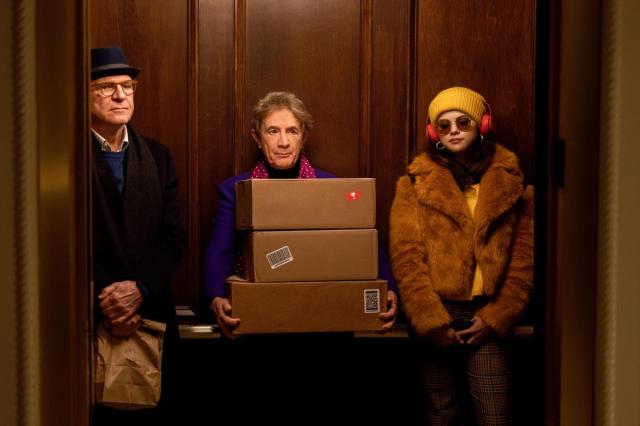
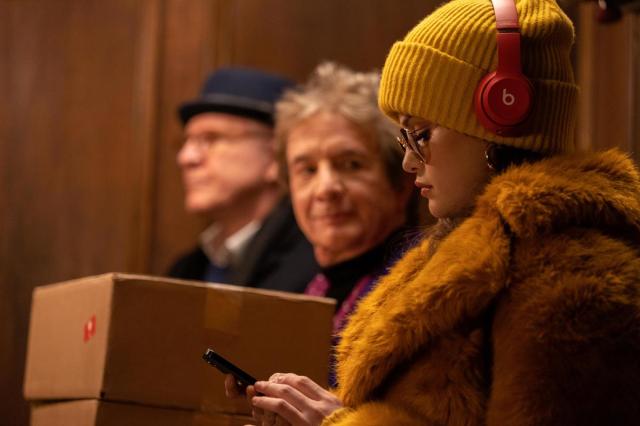
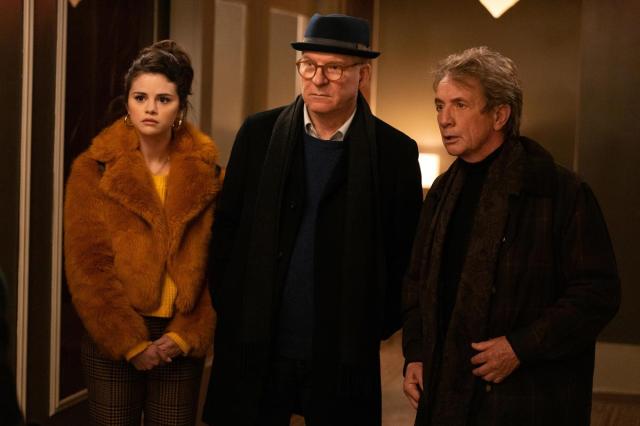
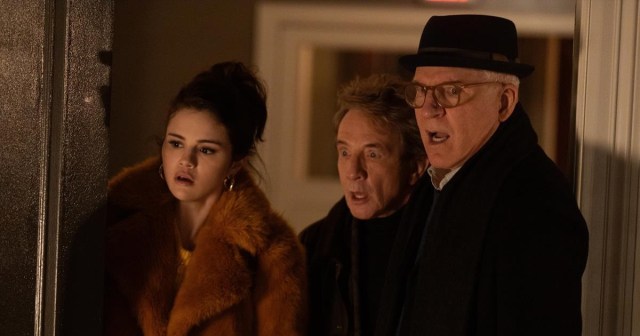
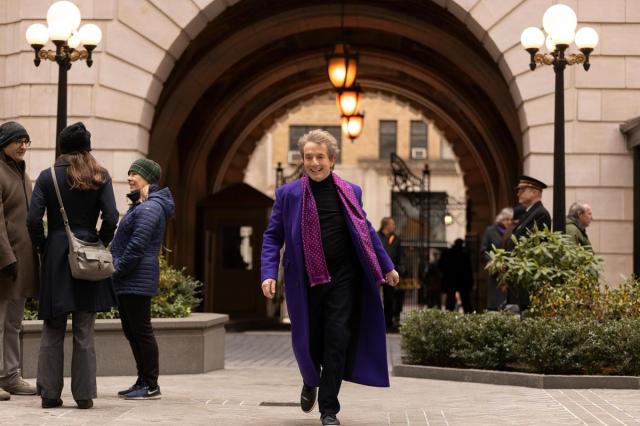
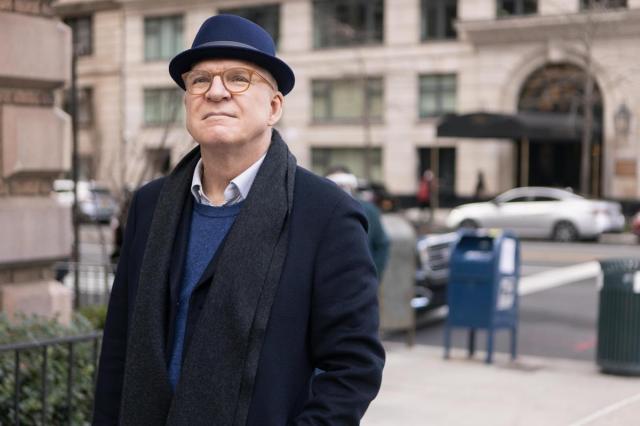
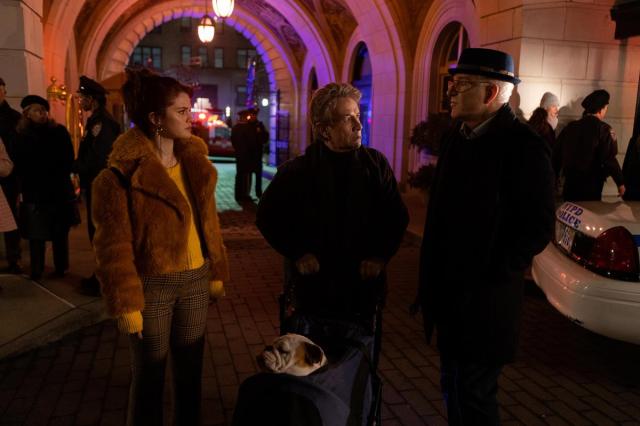

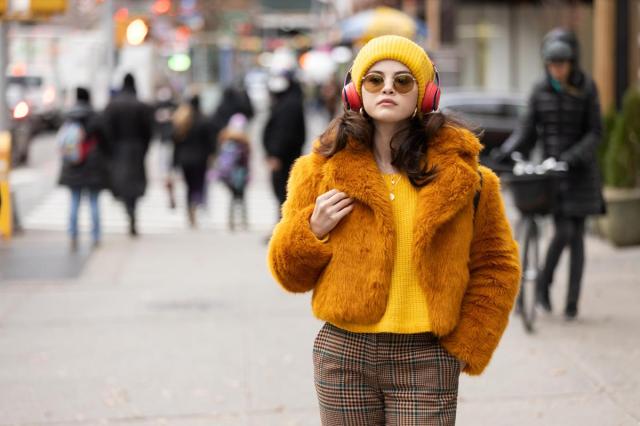
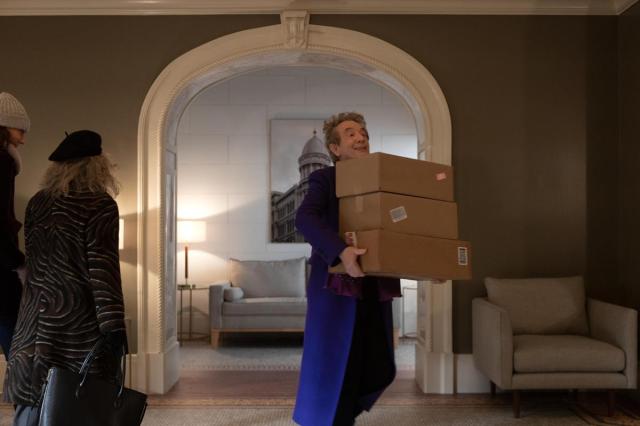
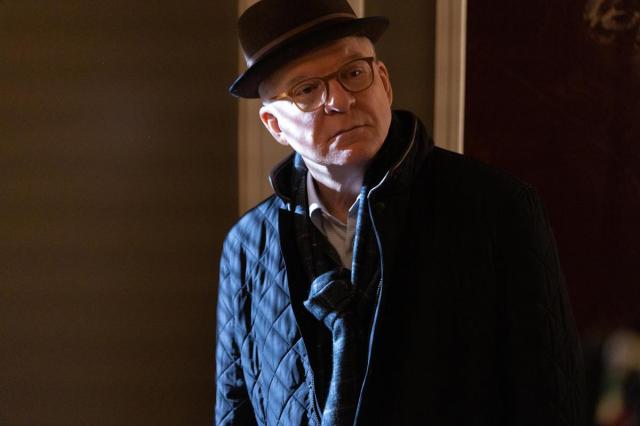
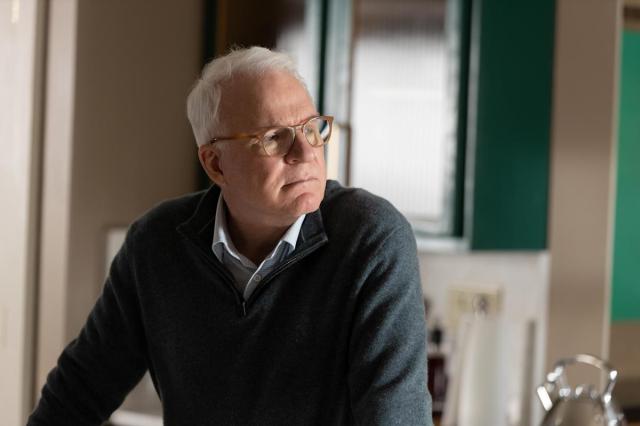
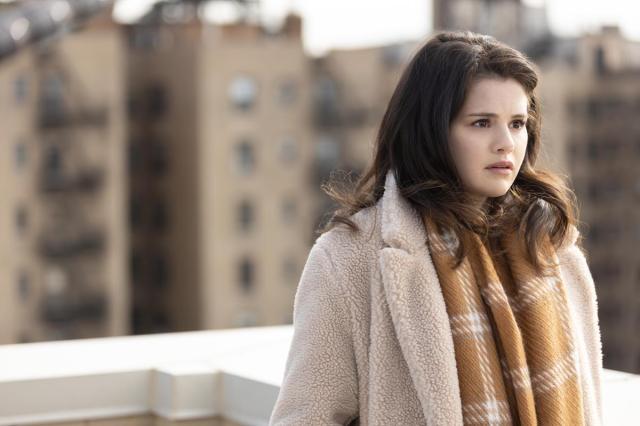
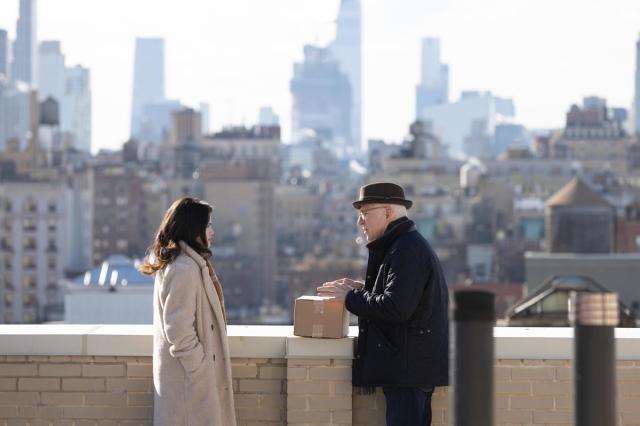
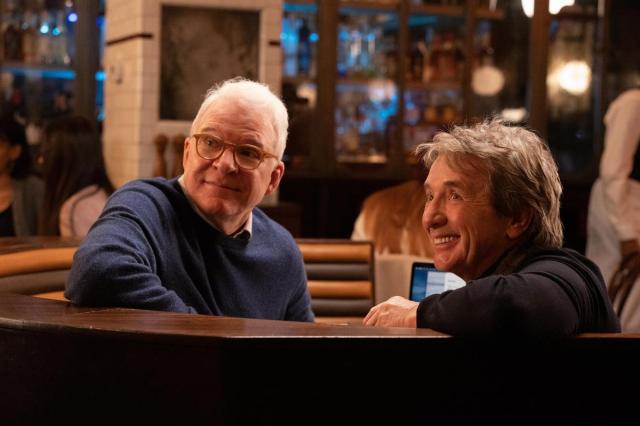
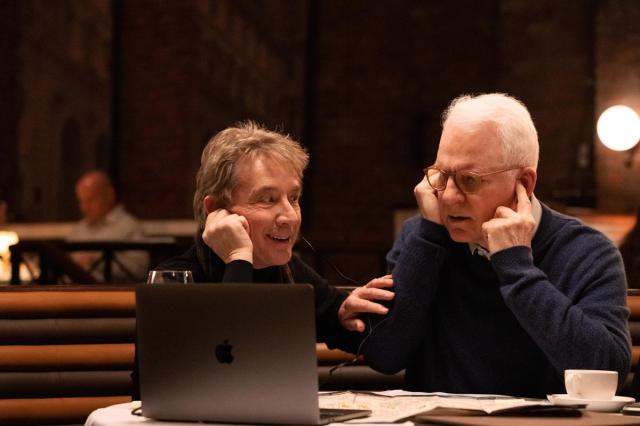
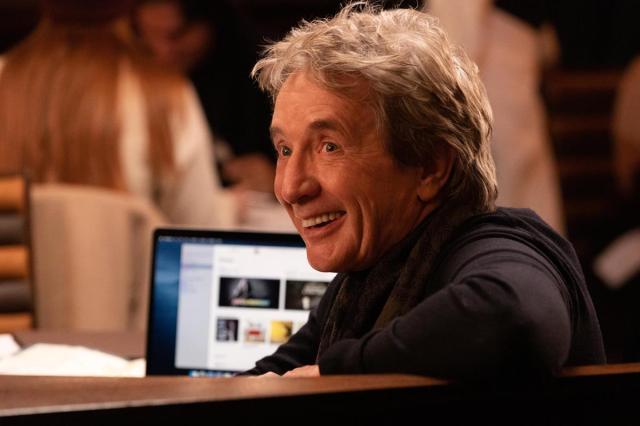

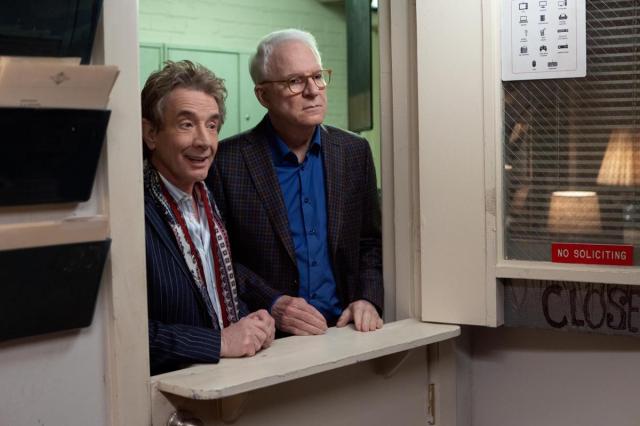

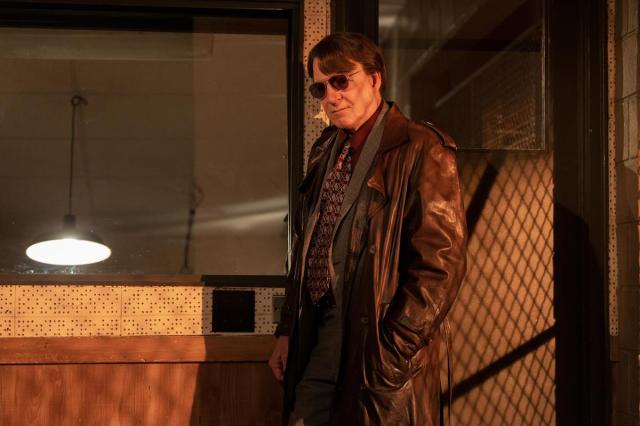
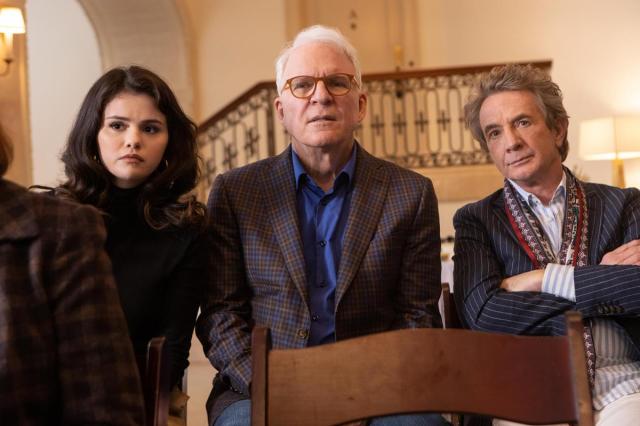
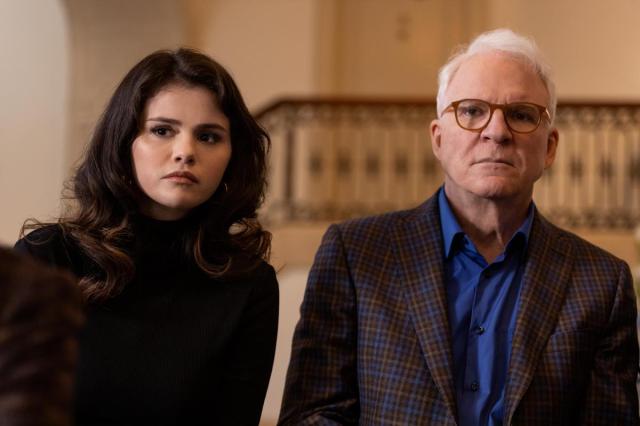
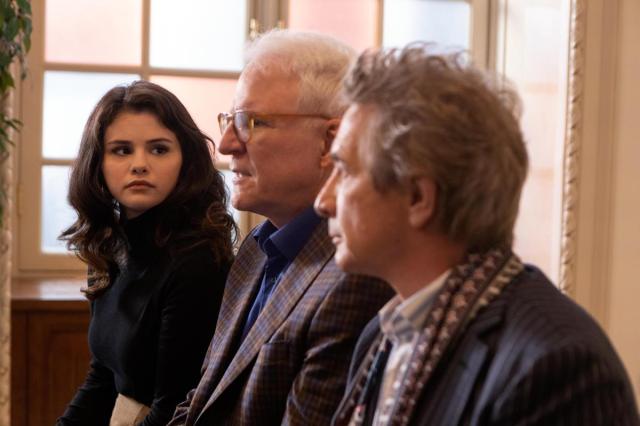
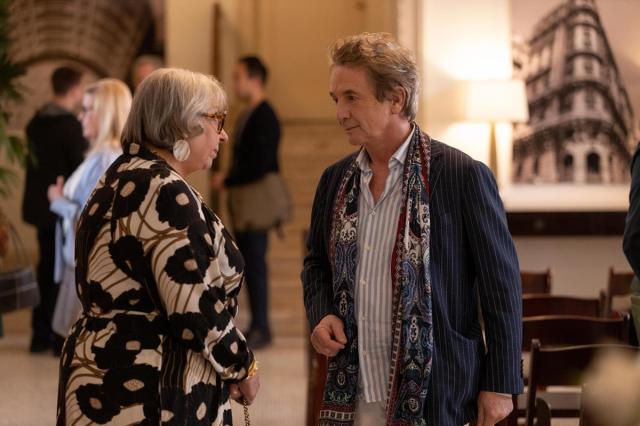

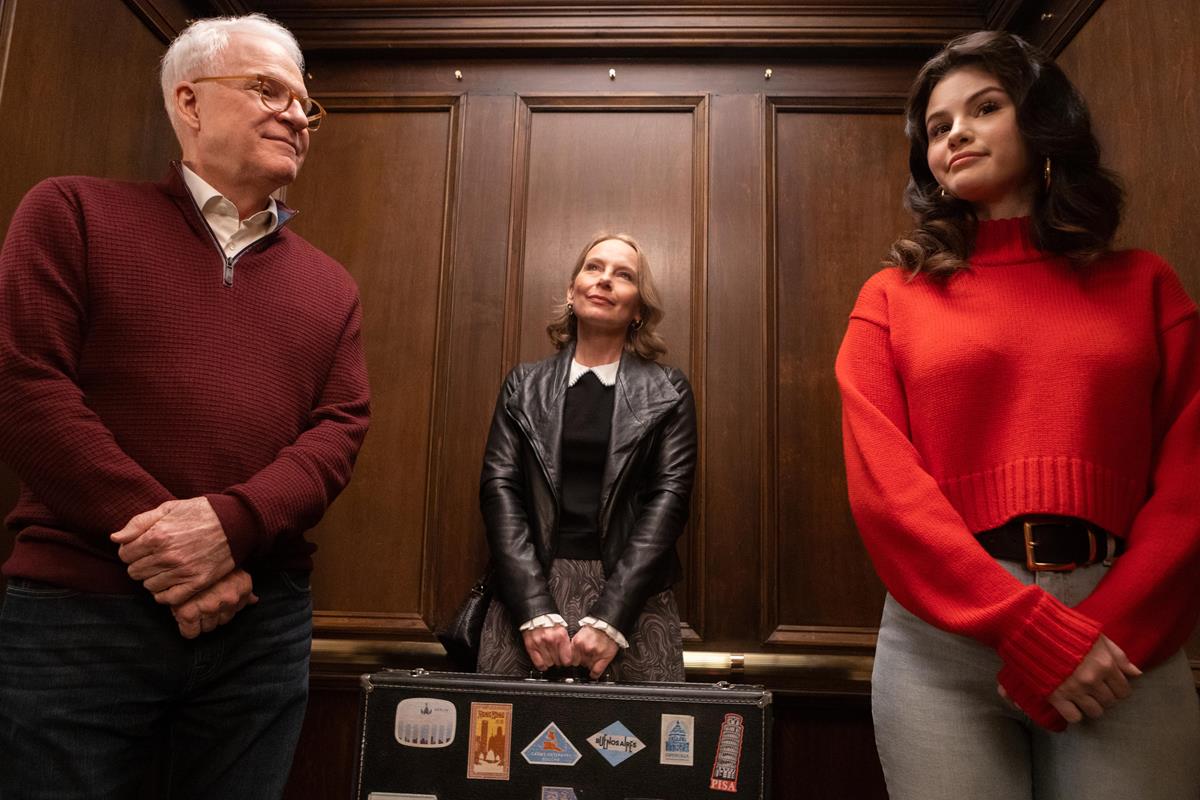
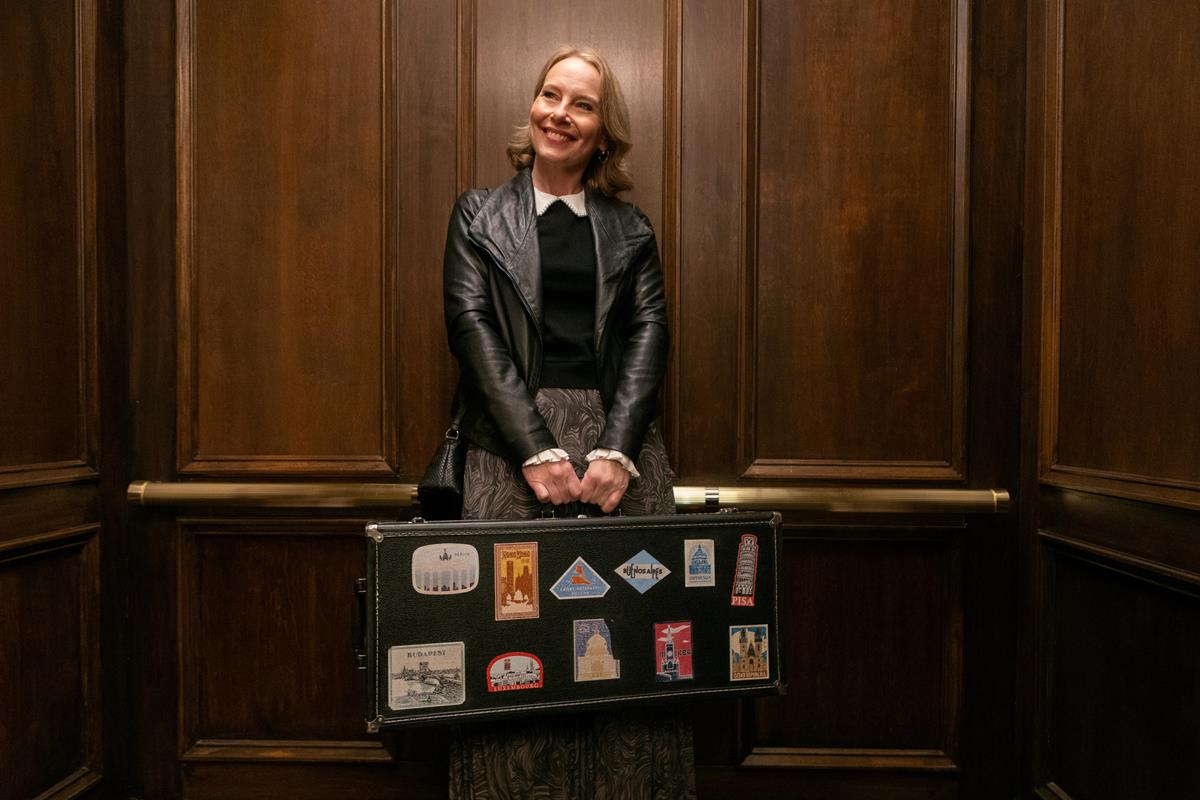
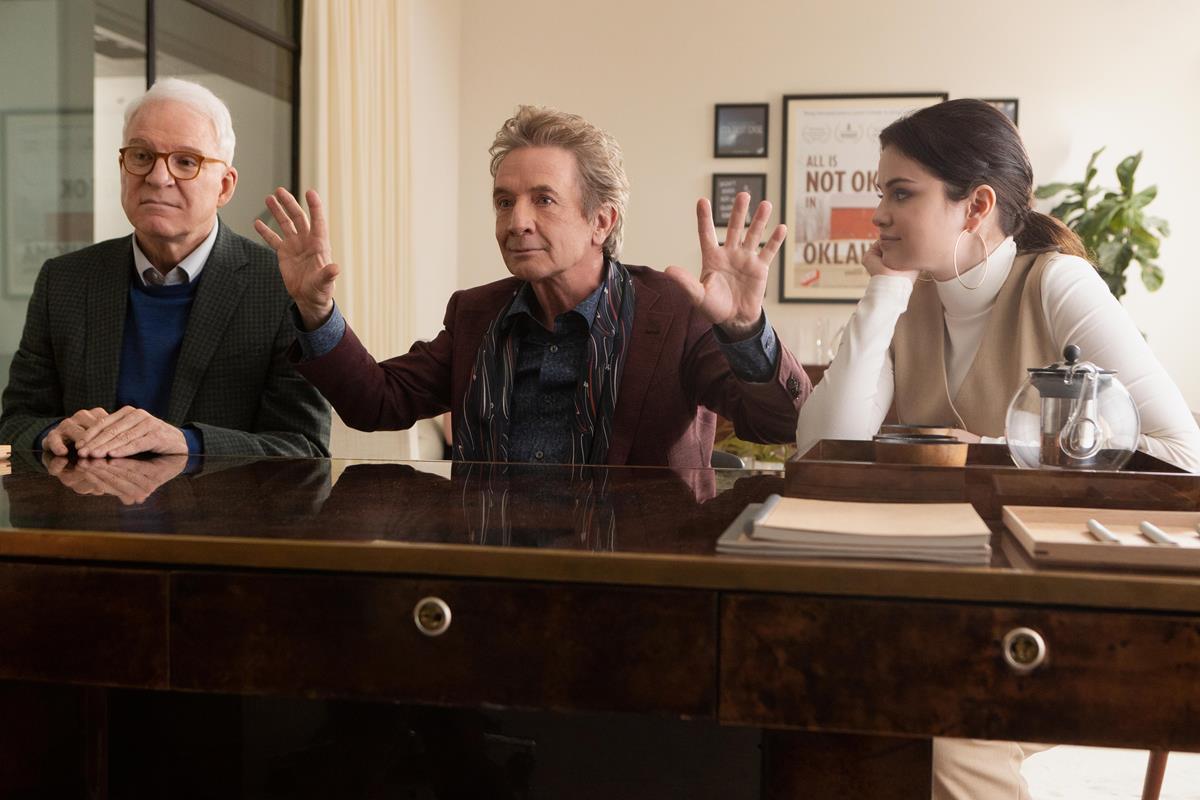
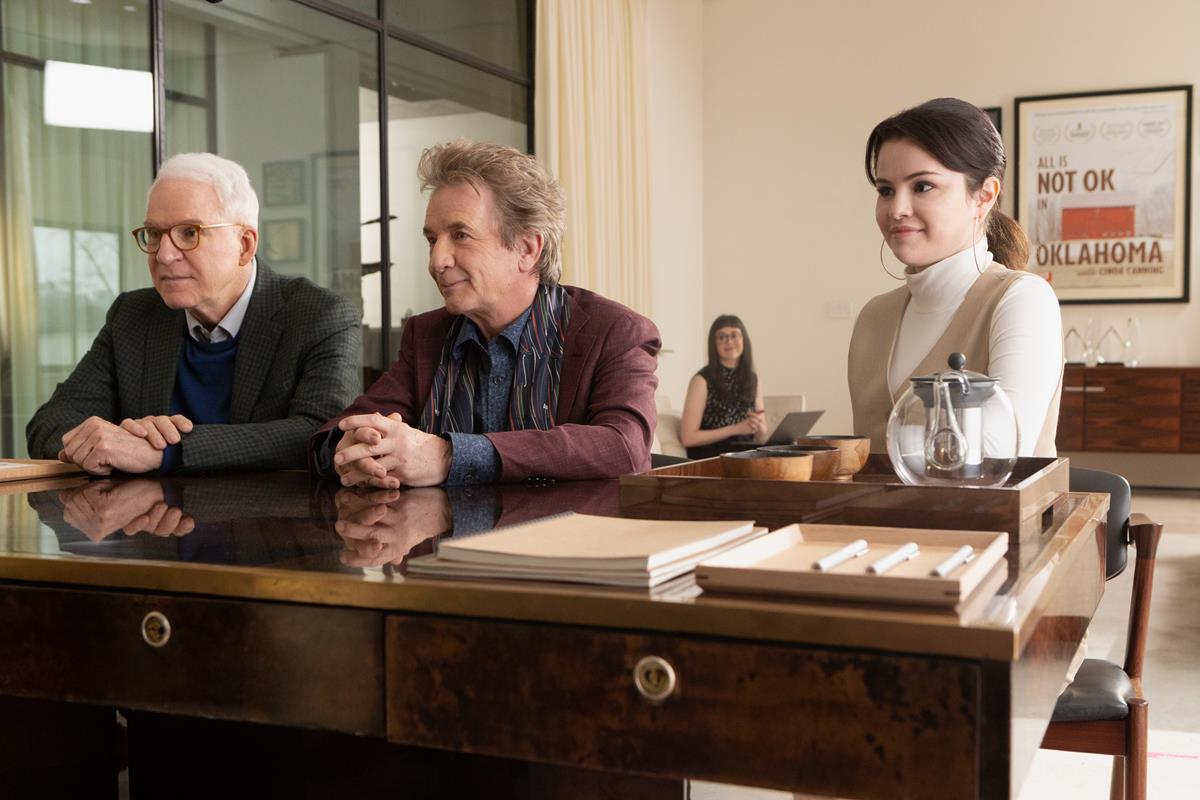
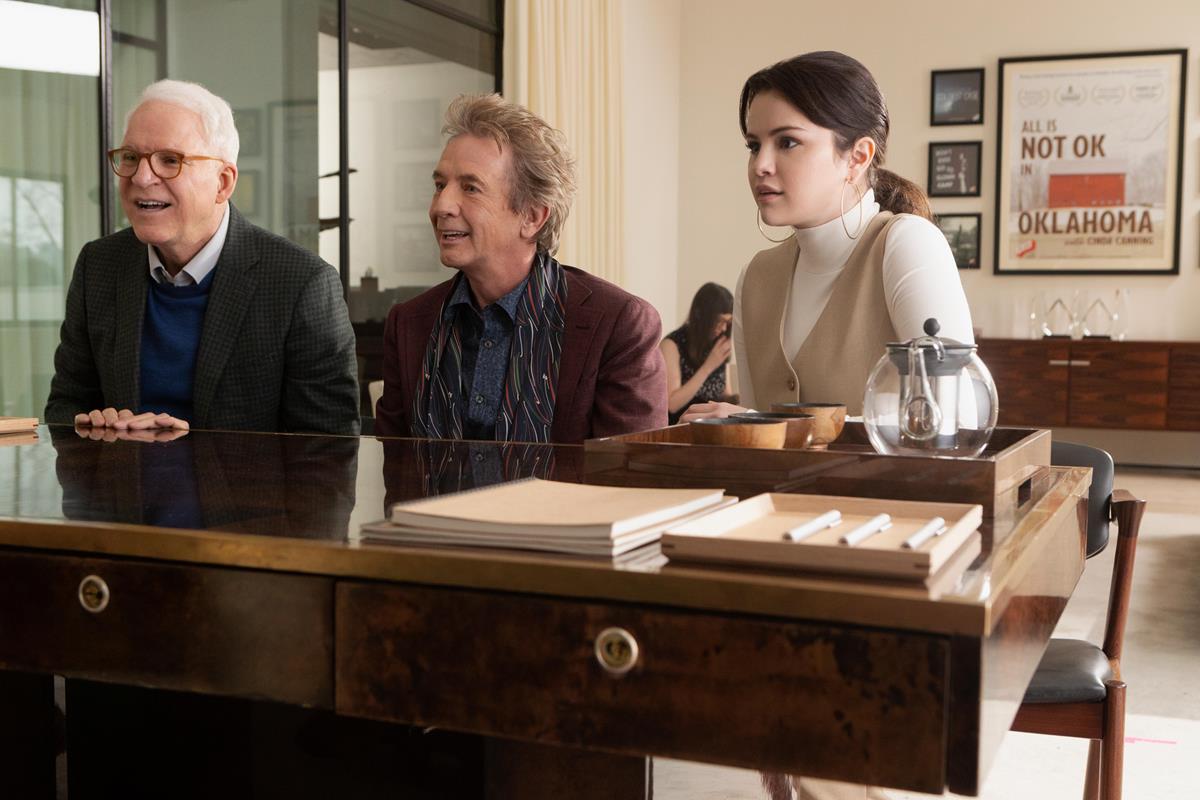
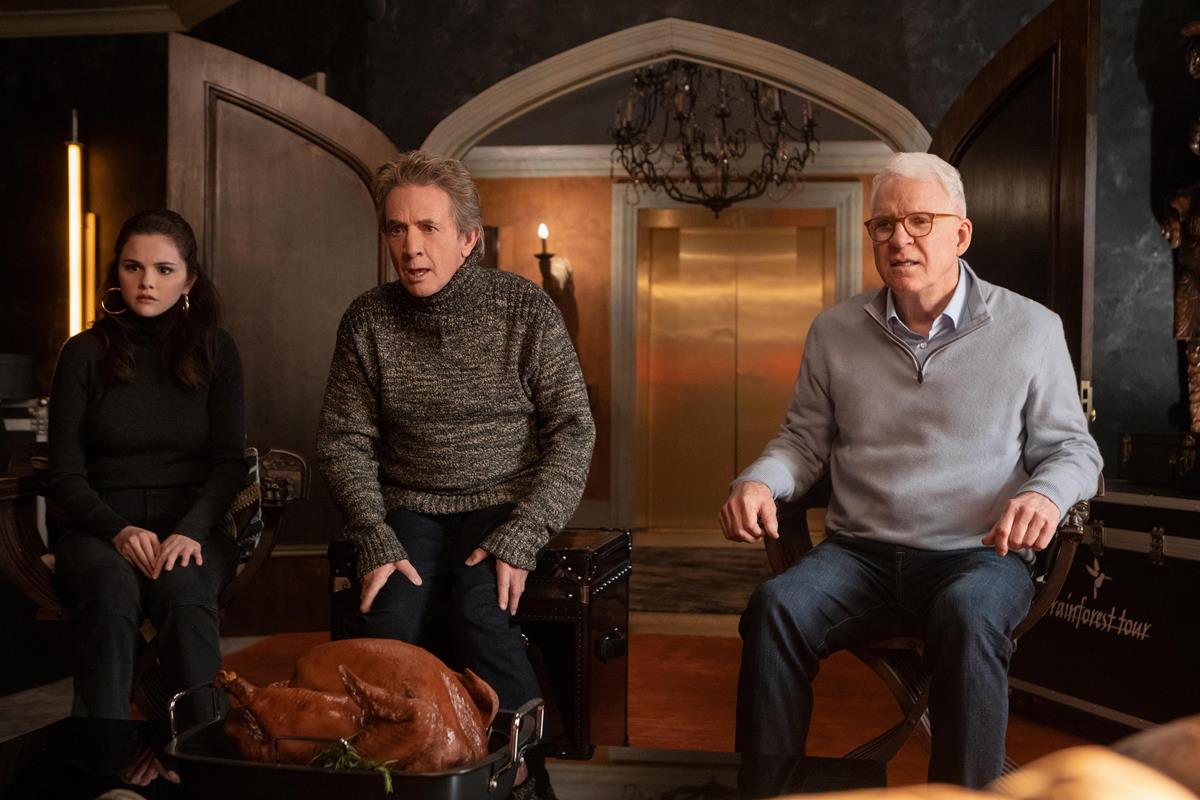
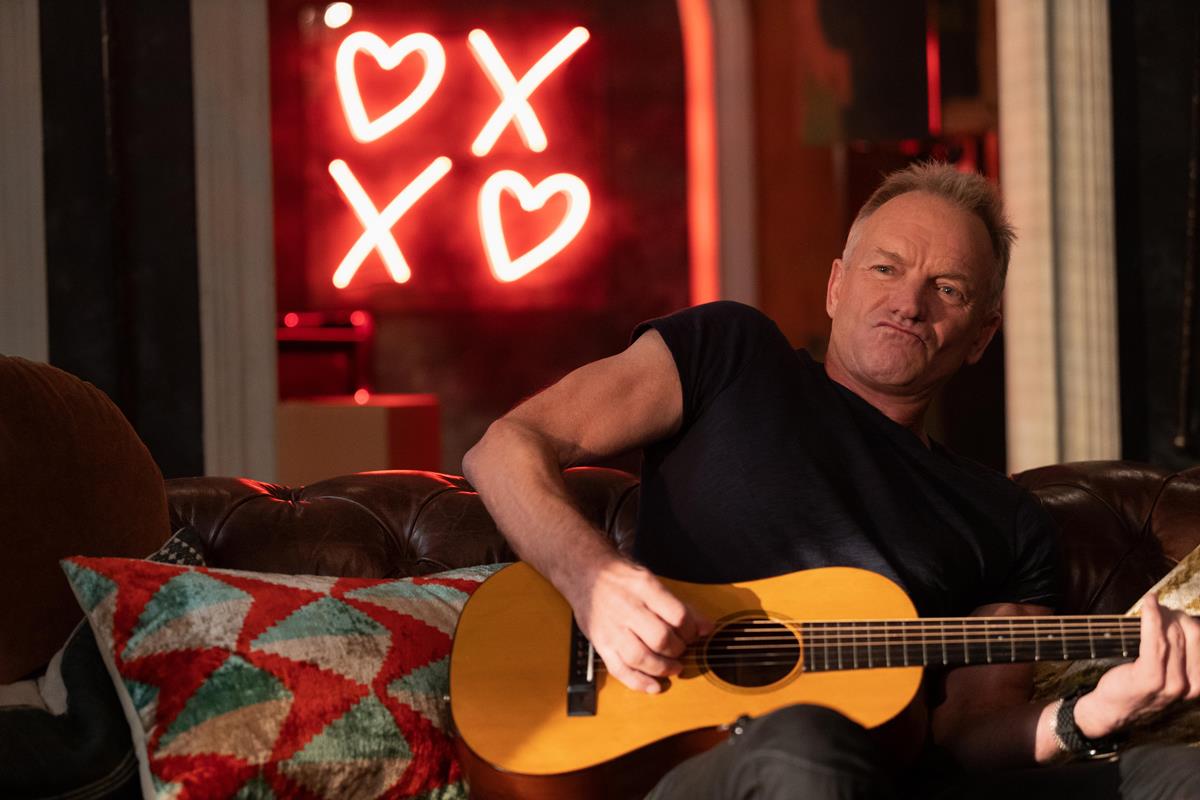
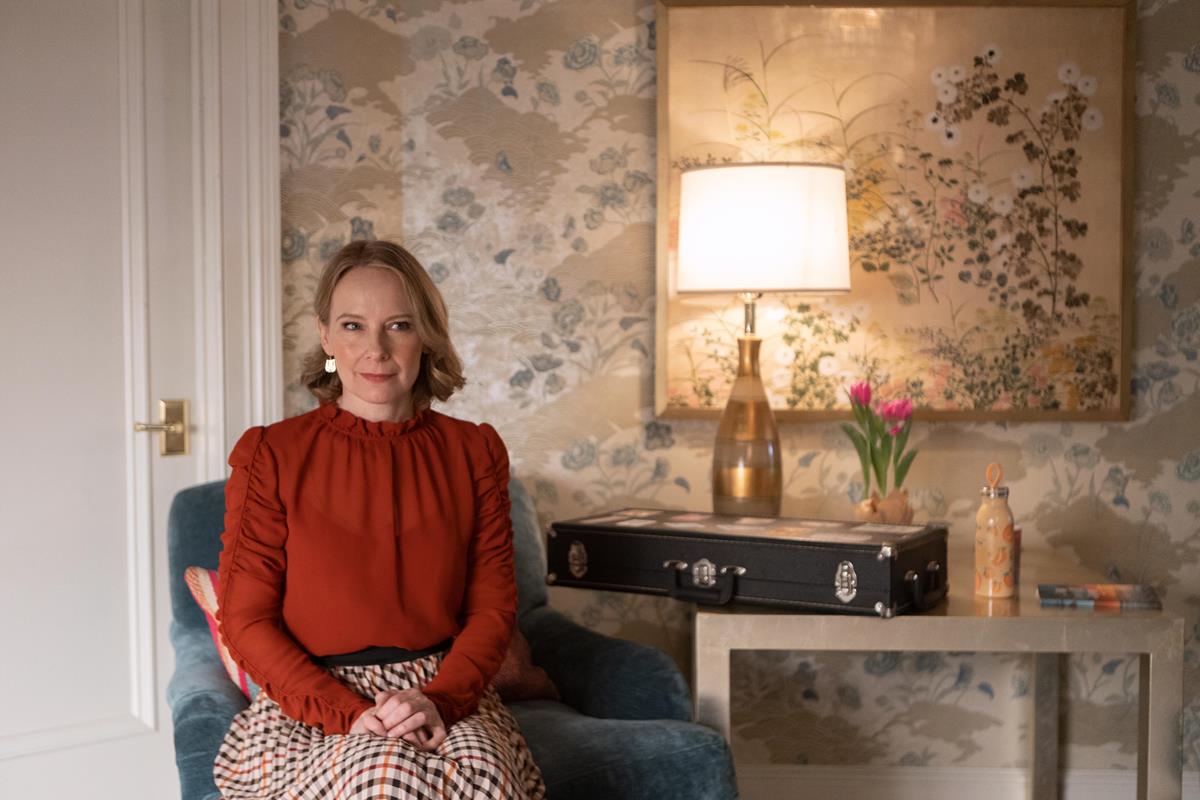
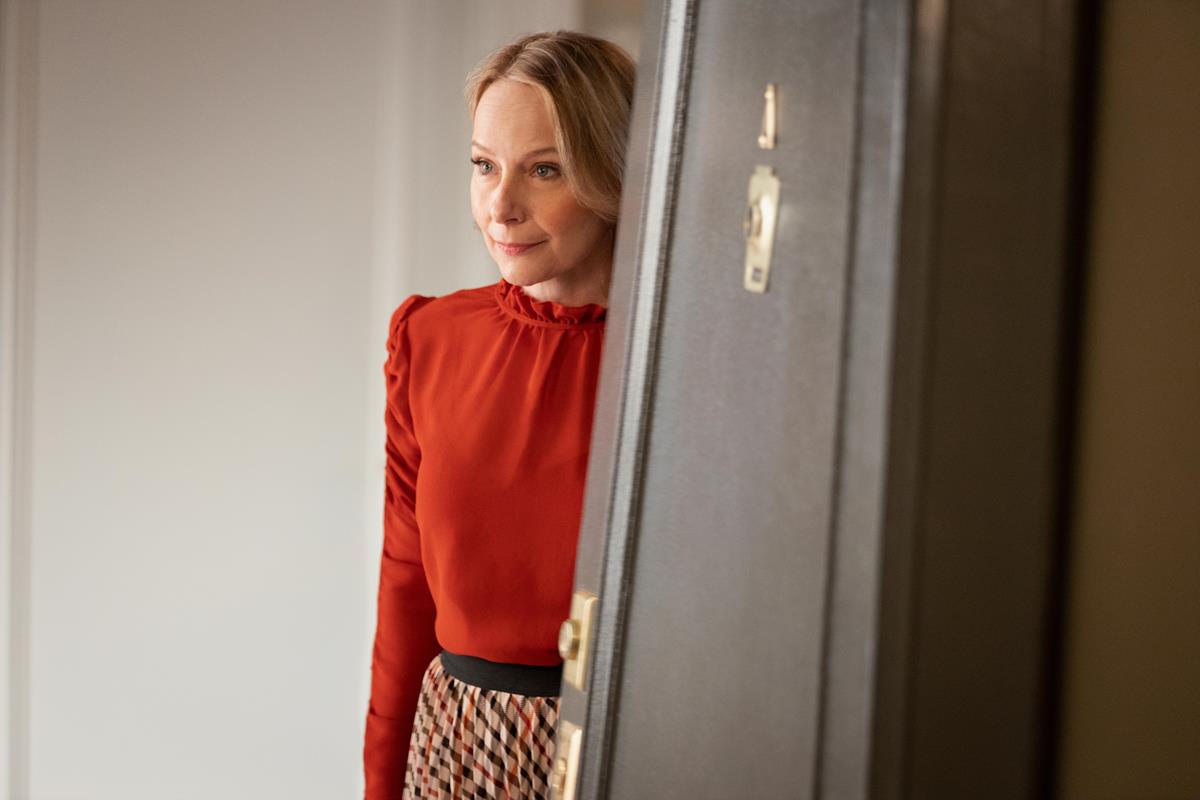

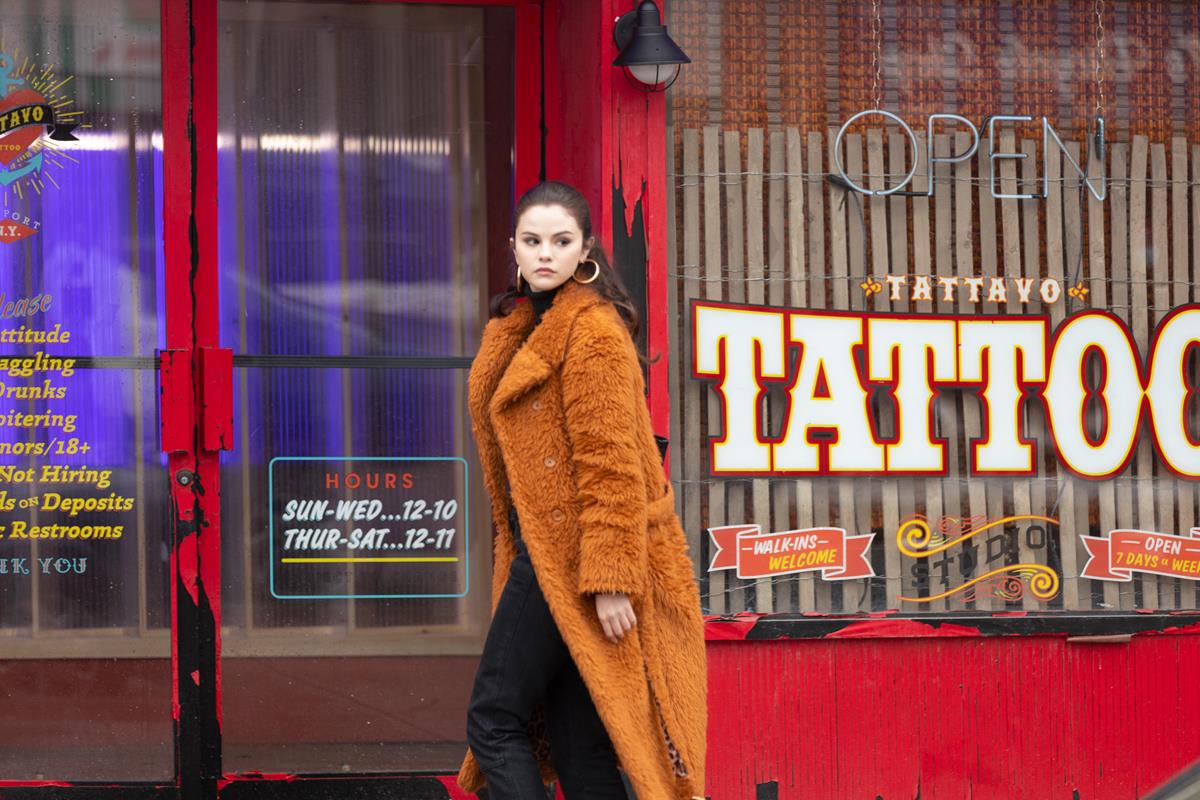
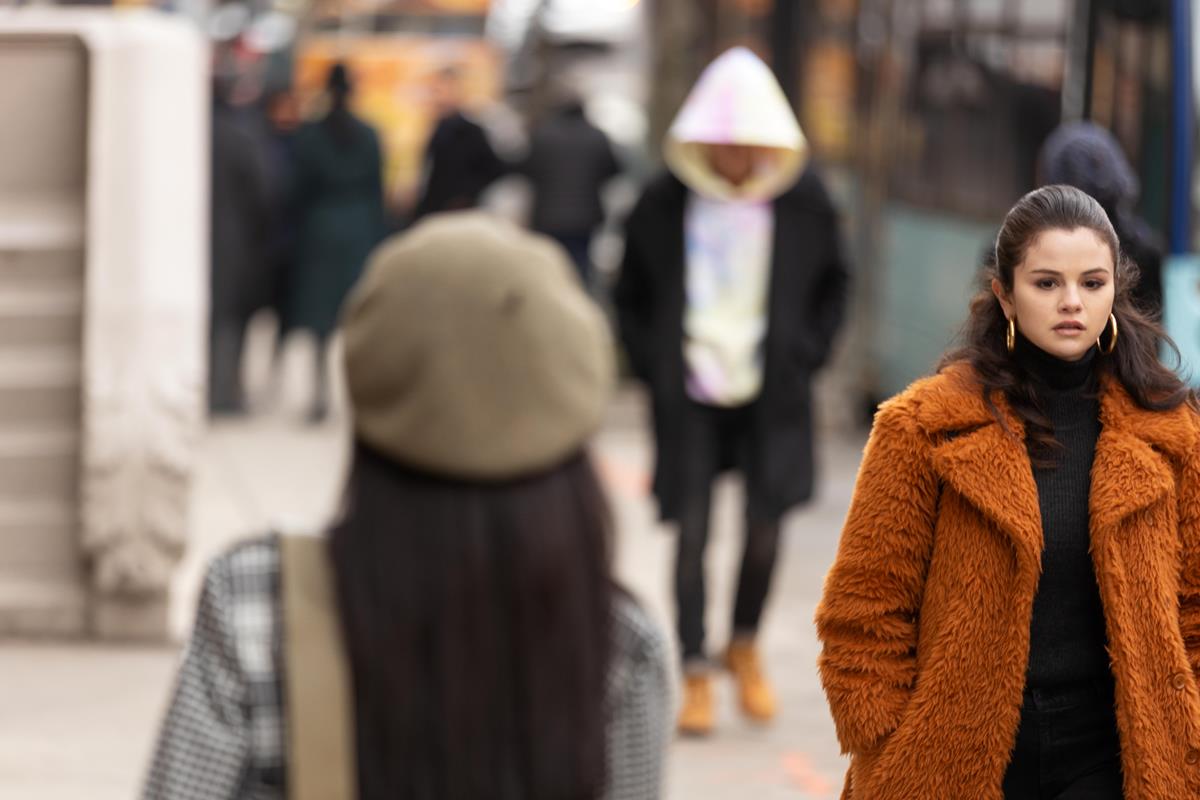
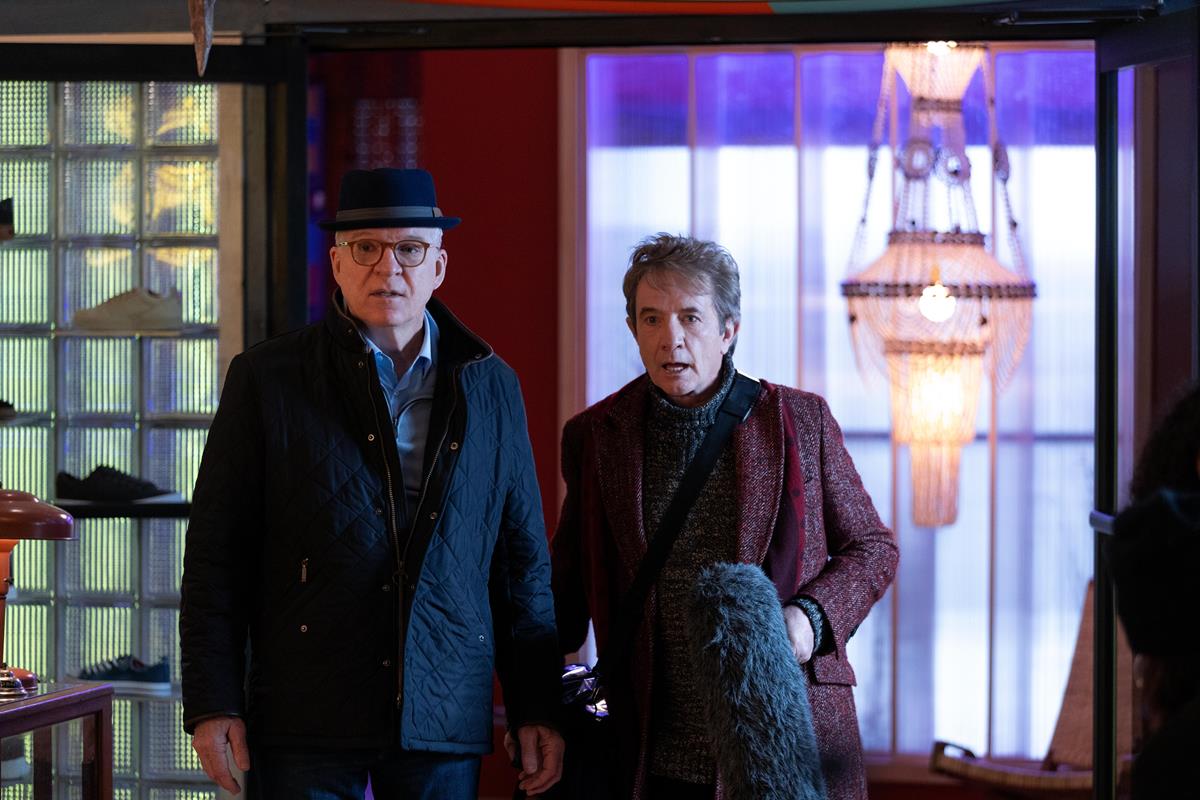
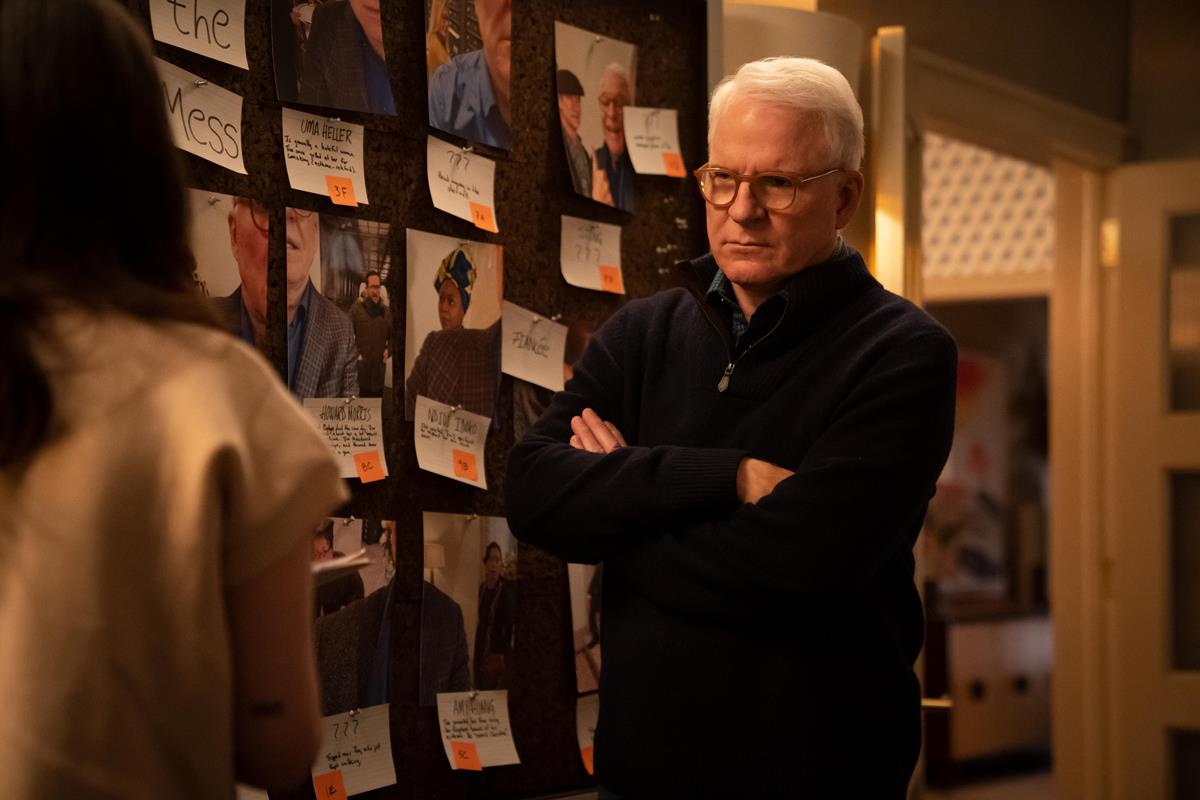

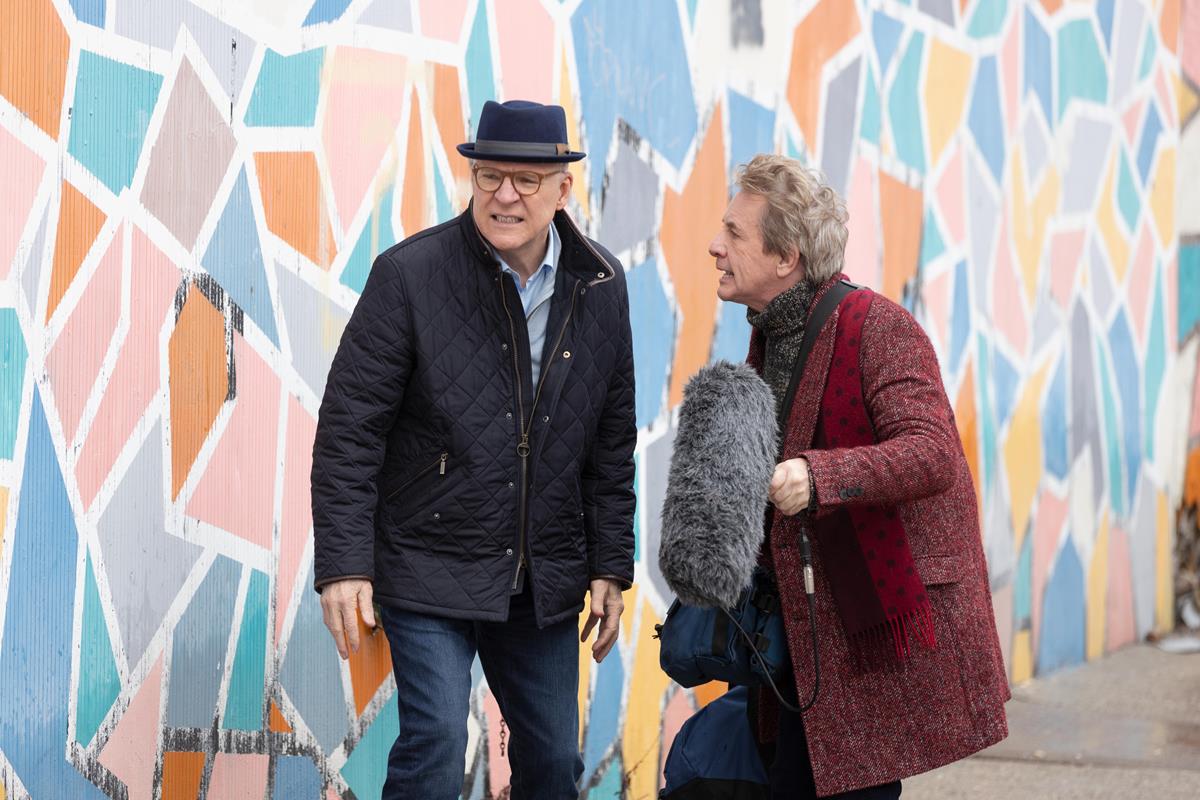
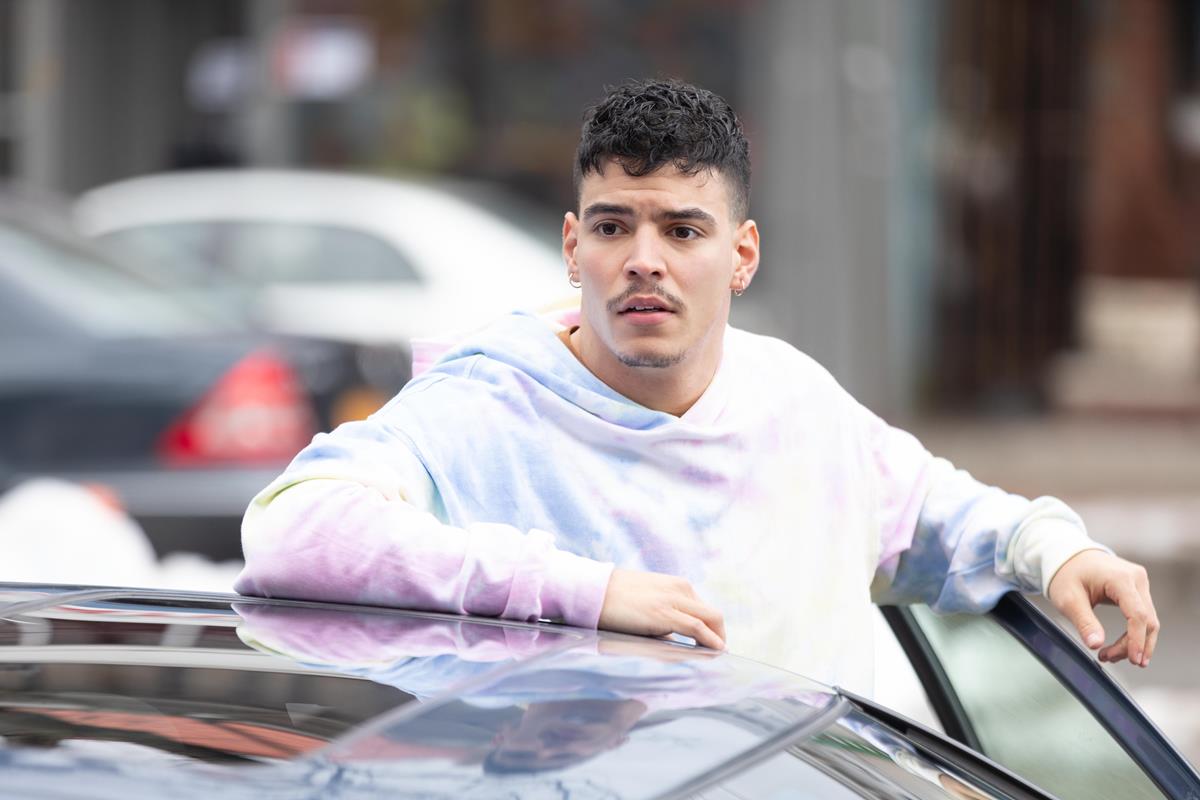
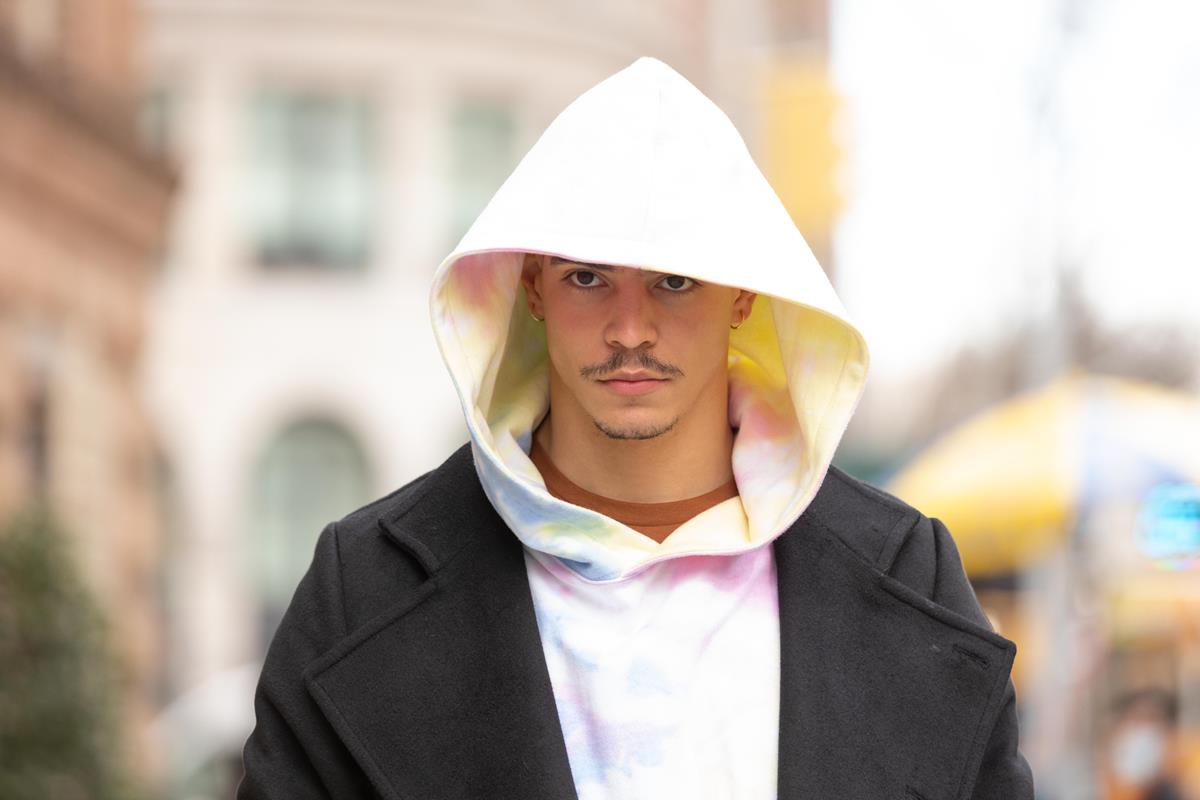
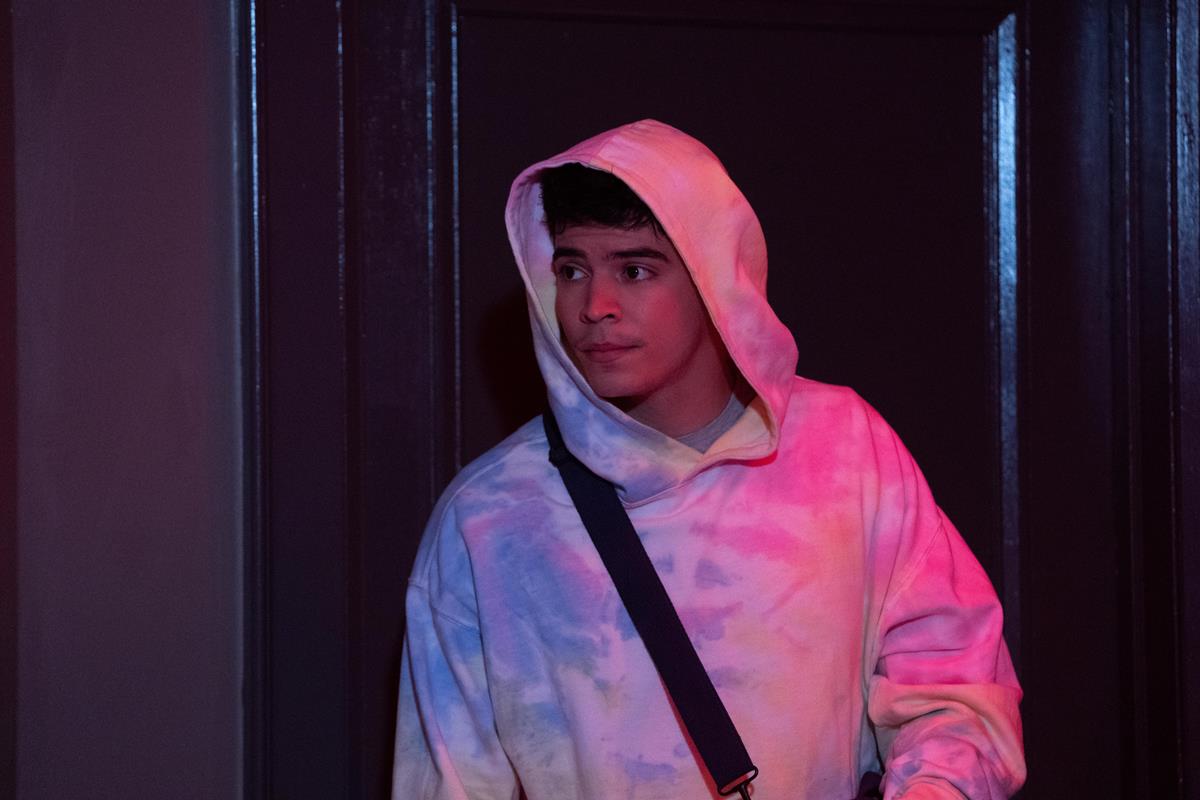
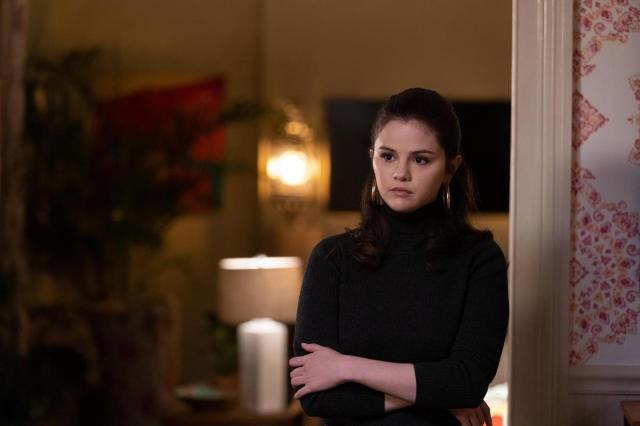
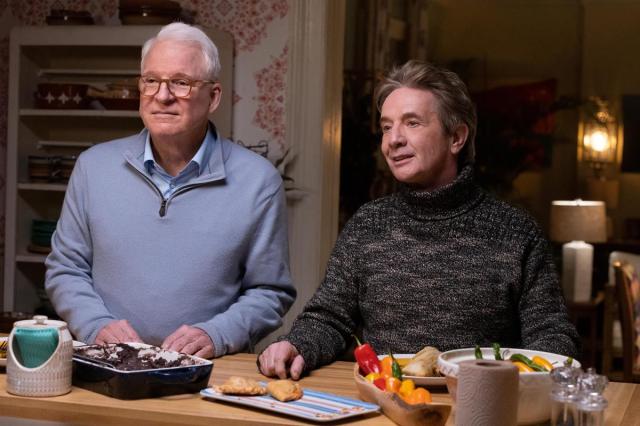
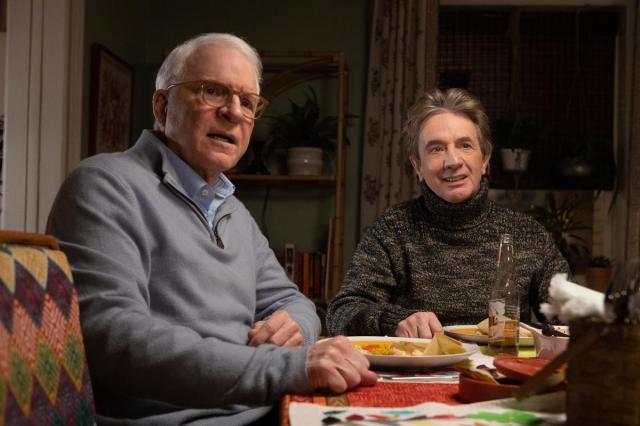
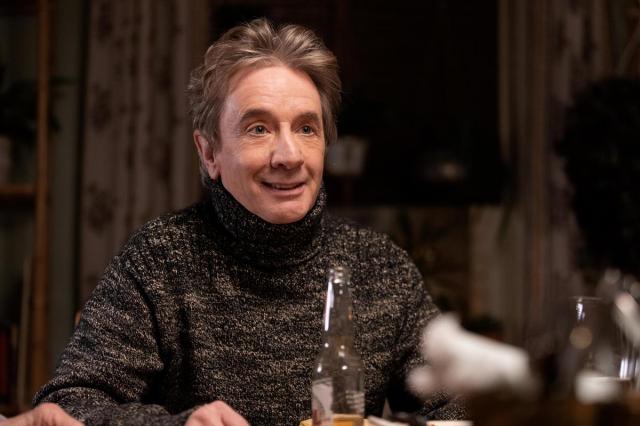

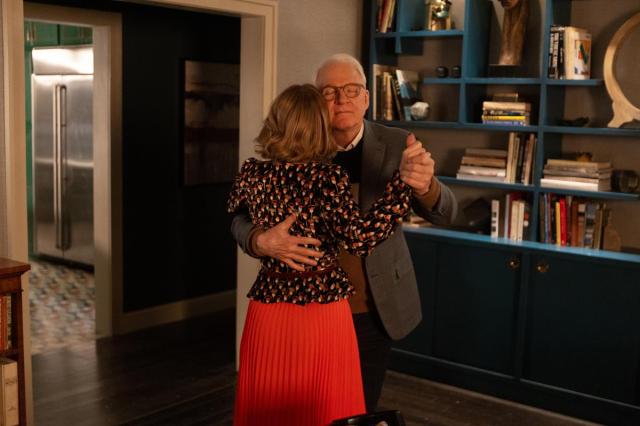
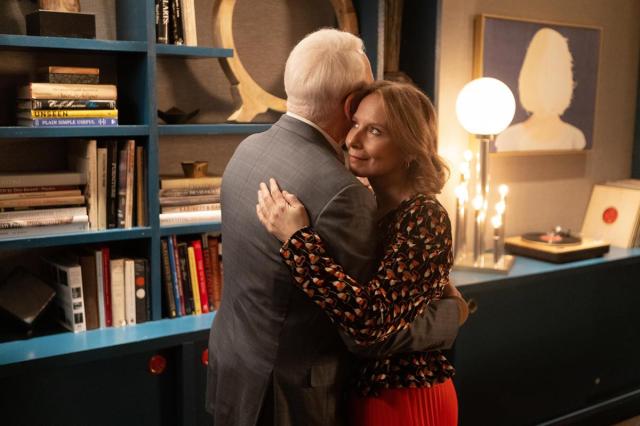

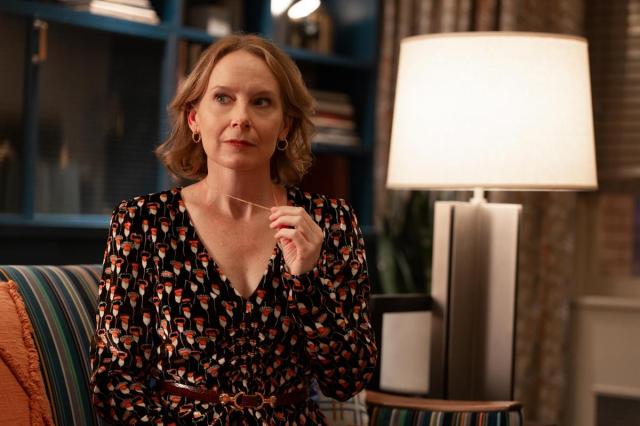

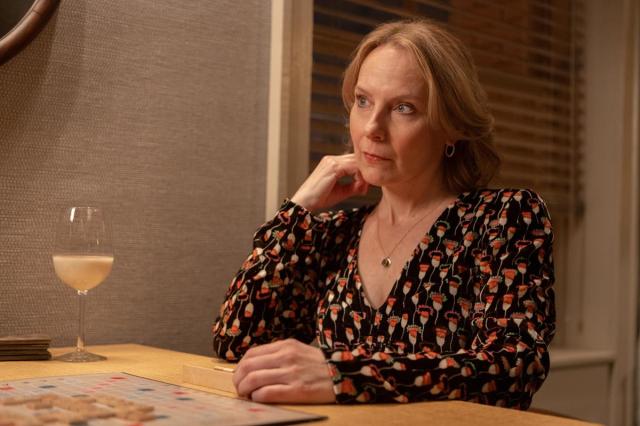

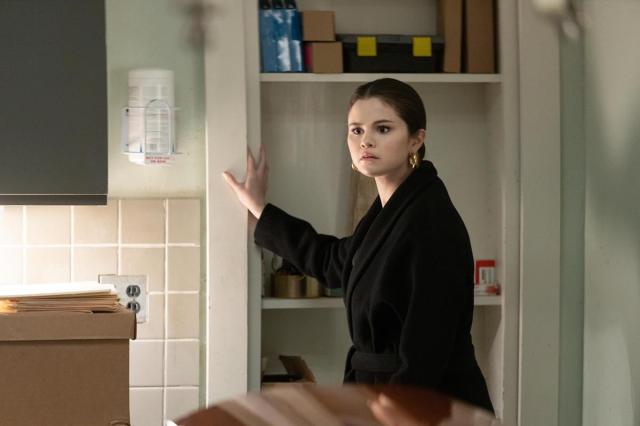
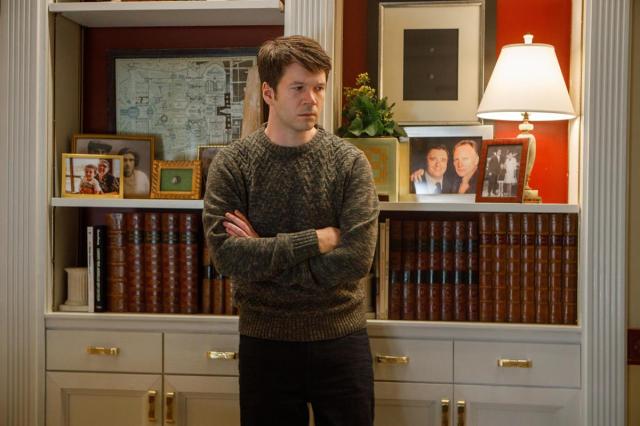
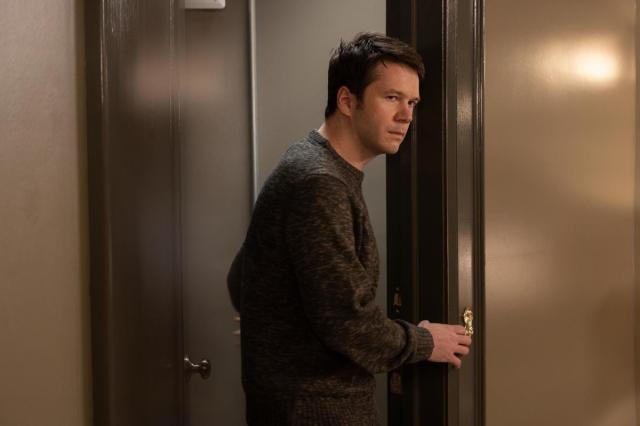
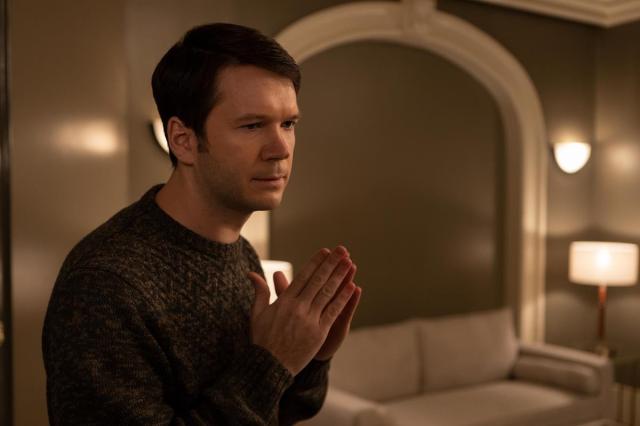
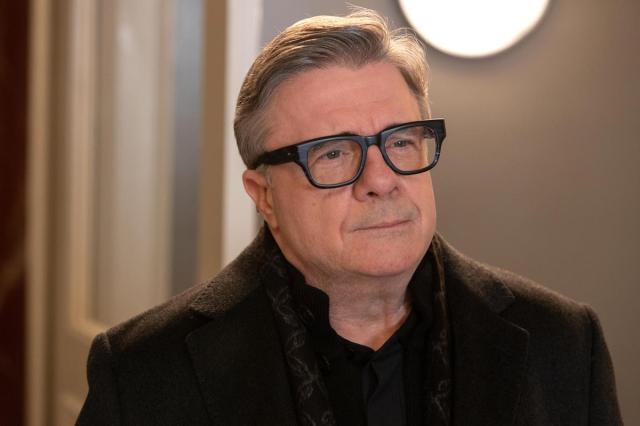
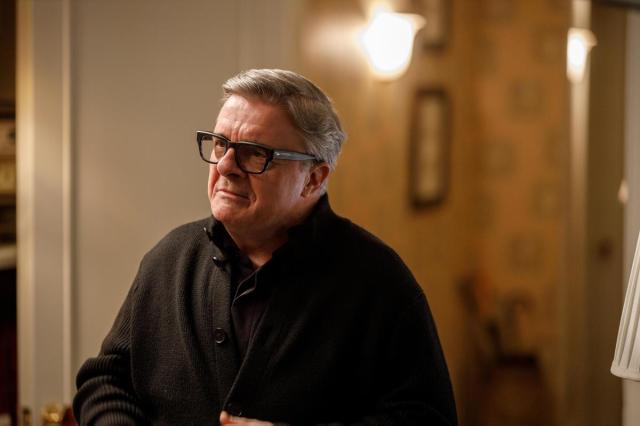
Discussion
Responses (7)